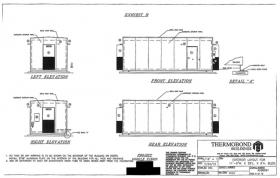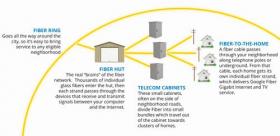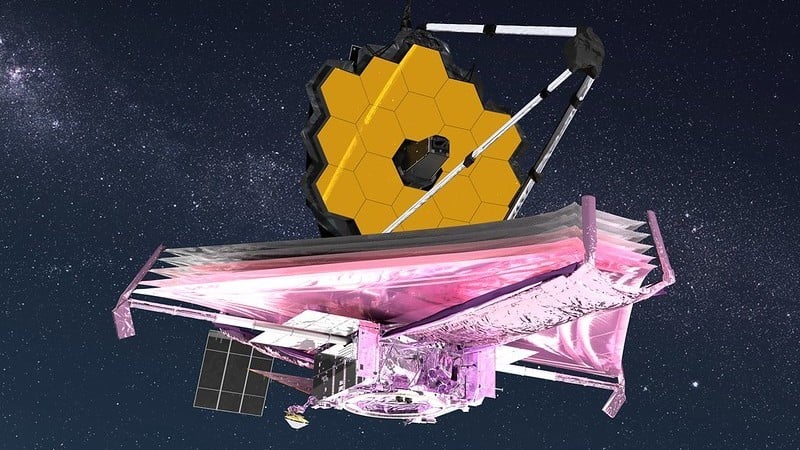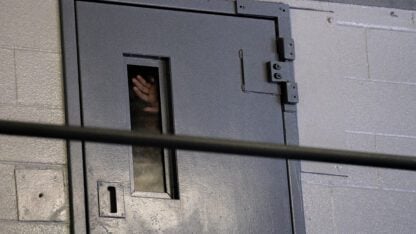Google Fiber Explained
You may be asking yourself, what is an optic-fiber cable?
An optical-fiber cable is a bundle of optical-fiber wires that connect your home to an individual wire from an existing cable. An optical-fiber wire is made with transparent flexible glass called silica. It’s slightly thicker than a human hair. The fibers act as “light pipes” by quickly beaming laser light from one end of the cable to the other.
To distribute the fiber, internet service providers like Google Fiber use a cable management system called fiber-to-the-home. As the name implies, fiber-to-the-home is a practice for getting the fiber-optic broadband into homes. Google Fiber’s fiber-to-the-home system starts with a big ring of fiber cable that travels over a large, but not too large, area. That way it can connect to any neighborhood within the ring.
Under Google Fiber, the connection between your home and the internet starts at the Fiber Hut.

The hut connects Fiberhoods – or gerrymandered fiber zones – to the ring.
Thousands of individual glass fibers enter the hut and send signals between your computer and the internet. From the fiber hut, cabinets – called telecom cabinets – make the network even more complex. These cabinets can be seen on the side of the road in front of neighborhoods. They divide the fiber into bundles which travel out of the cabinet to groups of homes. A fiber cable then travels from there above ground on telephone poles – a much more cost-effective deployment than the alternative – or continues underground delivering a single wire to each individual home with Google Fiber Gigabit internet and TV service.
9(MDAxODM0MDY4MDEyMTY4NDA3MzI3YjkzMw004))






